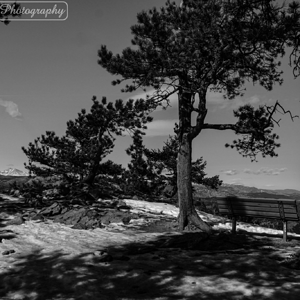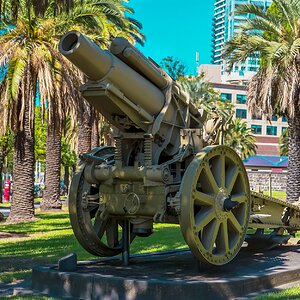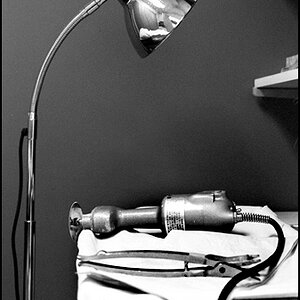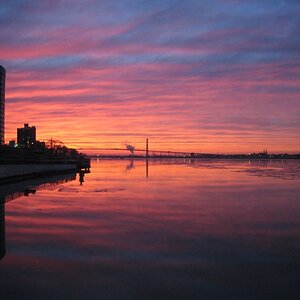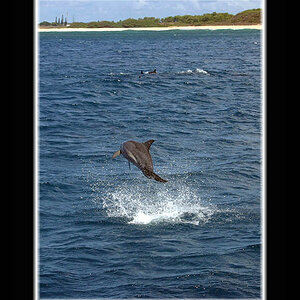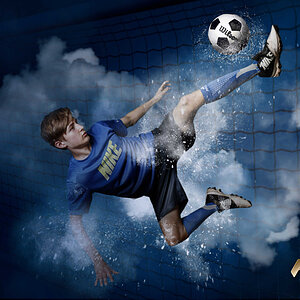D-B-J
Been spending a lot of time on here!
- Joined
- Apr 13, 2010
- Messages
- 9,027
- Reaction score
- 2,175
- Can others edit my Photos
- Photos OK to edit
So i read that on some dslr's, by leaviing the shutter open for say, forty five minutes, can overheat the sensor. I have a nikon d200. My question is, how long can i safely leave the sensor open. Or, should i just set it up with automatic exposure at 5 second intervals, with a 30 second exposure each for a total of the forty five minutes??
What is the best idea?
Also, as a side note, i want to be able to take the longer exposures of lighting so i can get multiple ones on one exposure. If i get the cord where i can lock the shutter open, how long can i expose it safely.
So basically, how long can i leave the shutter open without overheating it,
And if i set it at 30 second exposures, how long should i leave inbetween for cooling?!!??!
Thanks in advance!!
What is the best idea?
Also, as a side note, i want to be able to take the longer exposures of lighting so i can get multiple ones on one exposure. If i get the cord where i can lock the shutter open, how long can i expose it safely.
So basically, how long can i leave the shutter open without overheating it,
And if i set it at 30 second exposures, how long should i leave inbetween for cooling?!!??!
Thanks in advance!!







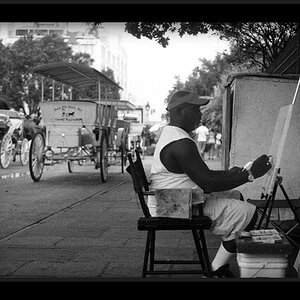
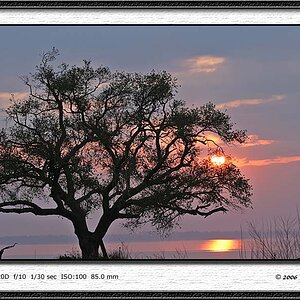
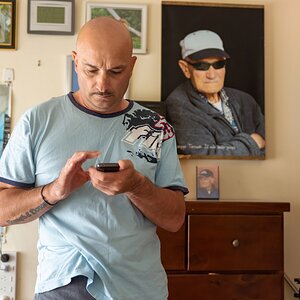
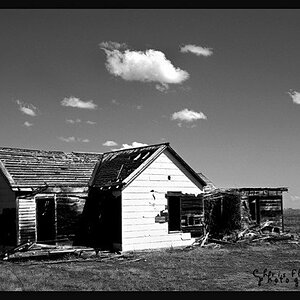
![[No title]](/data/xfmg/thumbnail/32/32930-09414fc020c2a60a456ff59a05c5ef8f.jpg?1619735759)
